
James H. Miller, USDA Forest Service, Bugwood.org

James H. Miller, USDA Forest Service, Bugwood.org
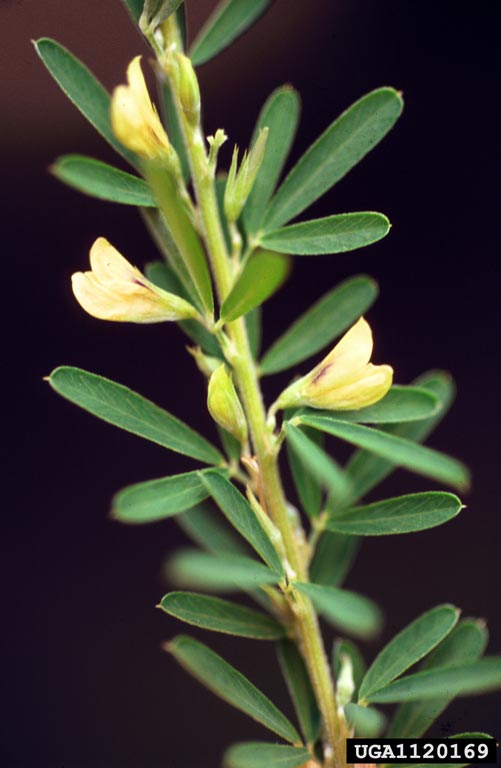
James H. Miller, USDA Forest Service, Bugwood.org
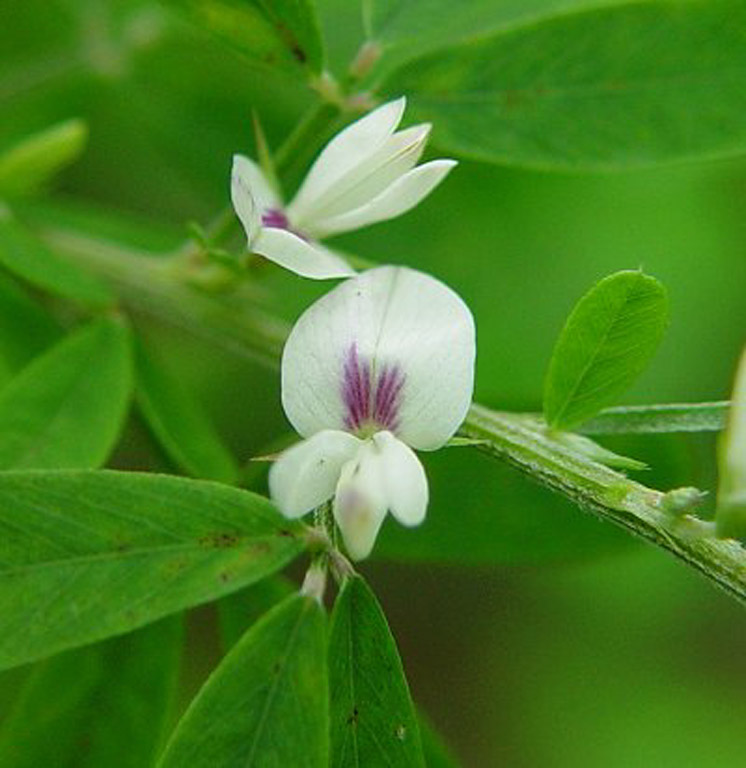
Dan Tenaglia, Missouriplants.com, Bugwood.org
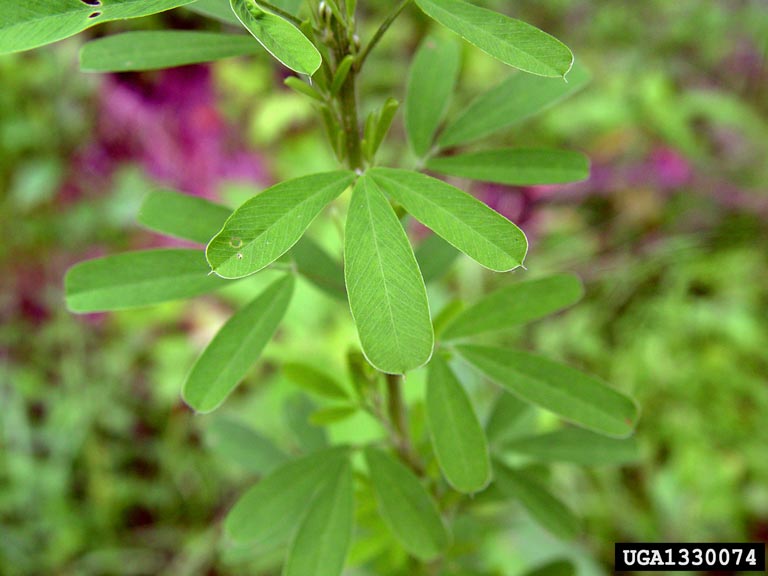
Chris Evans, University of Illinois, Bugwood.org

Chris Evans, University of Illinois, Bugwood.org
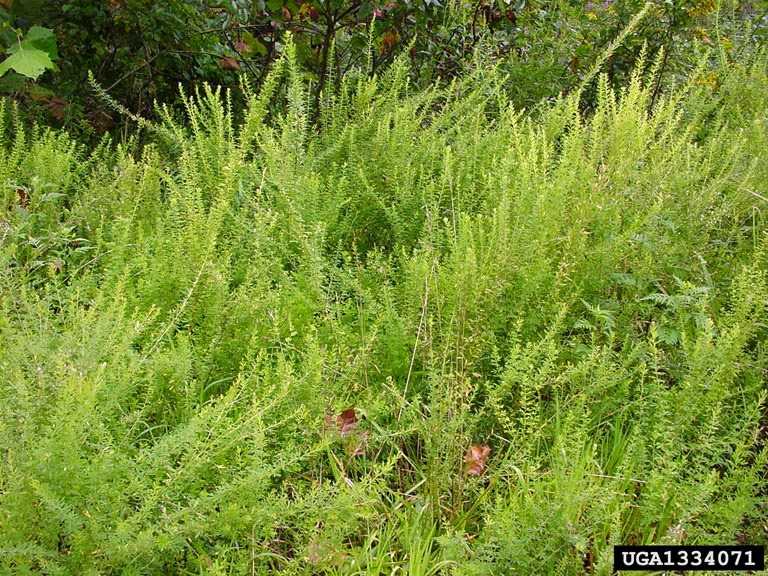
Chris Evans, University of Illinois, Bugwood.org

Chris Evans, University of Illinois, Bugwood.org
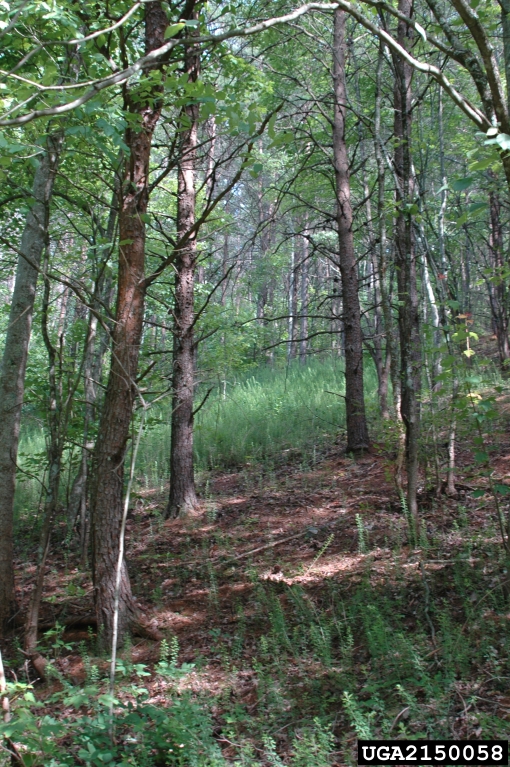
Chris Evans, University of Illinois, Bugwood.org
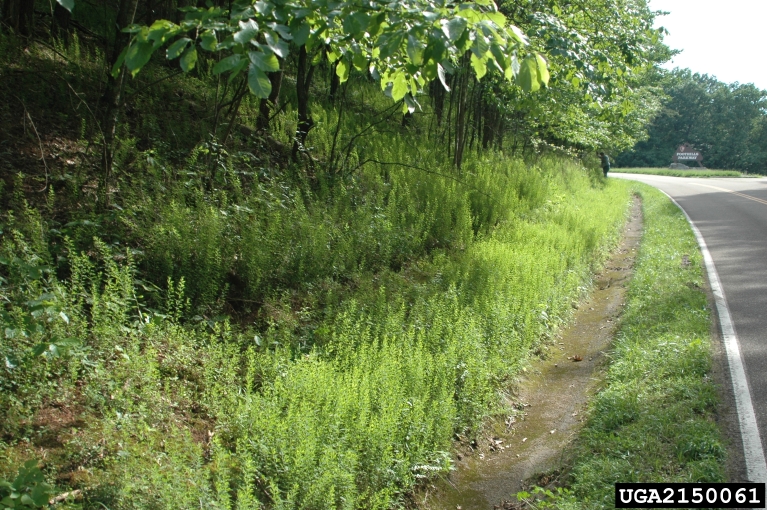
Chris Evans, University of Illinois, Bugwood.org
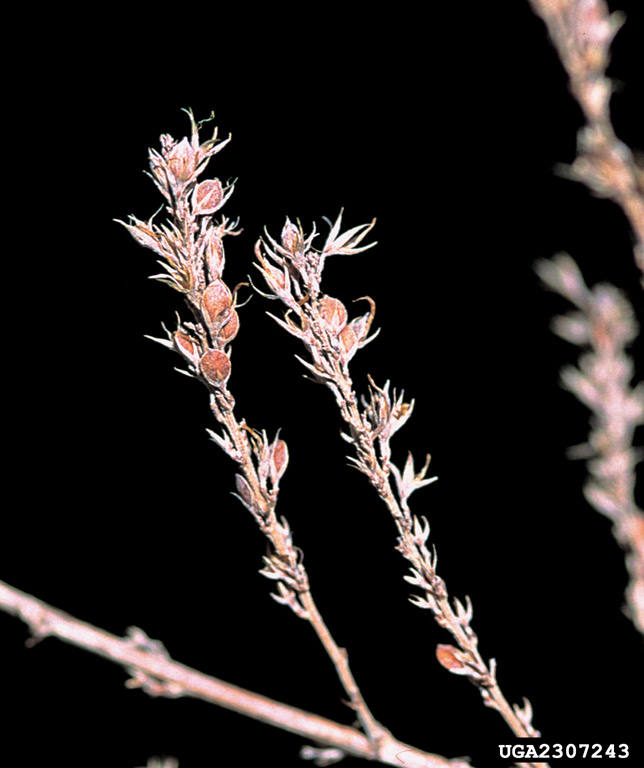
James H. Miller, USDA Forest Service, Bugwood.org
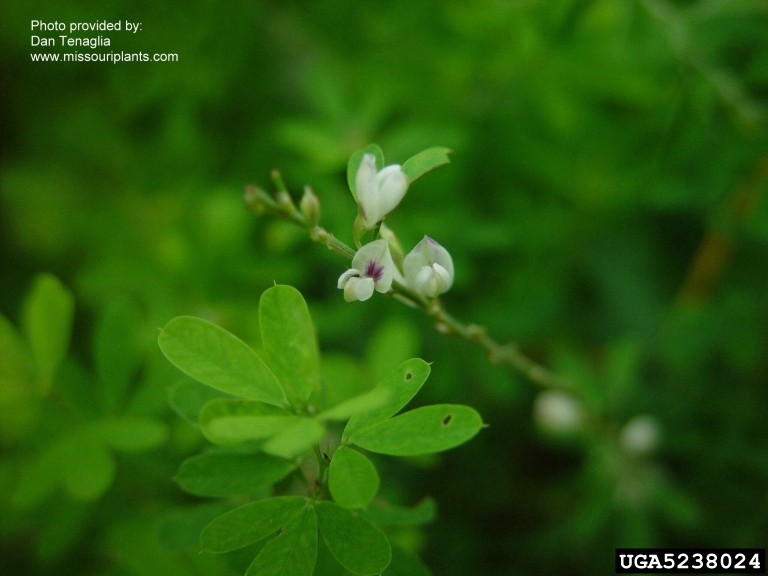
Dan Tenaglia, Missouriplants.com, Bugwood.org
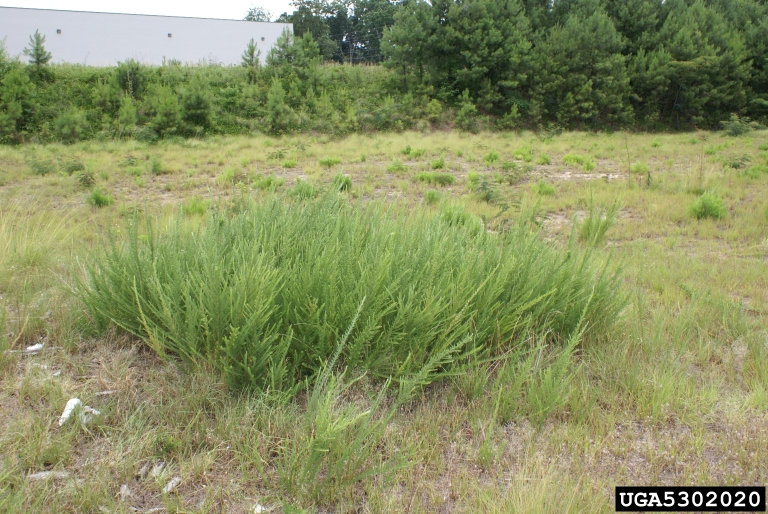
Chuck Bargeron, University of Georgia, Bugwood.org

Steve Hurst, USDA NRCS PLANTS Database, Bugwood.org
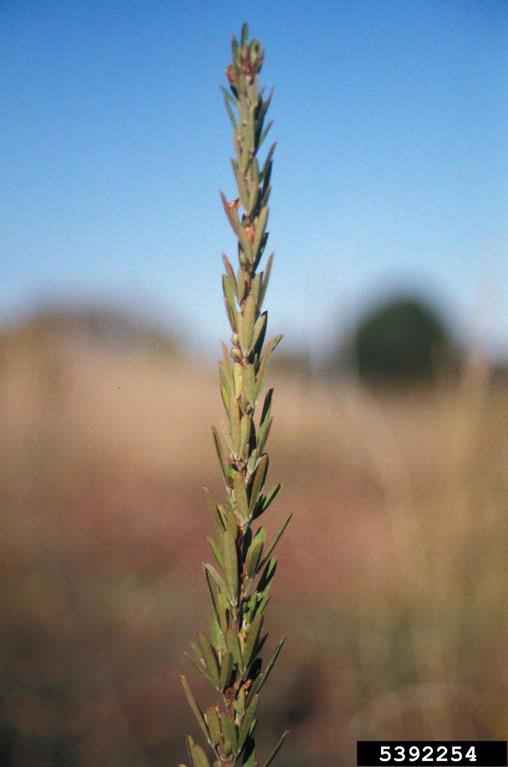
John M. Randall, The Nature Conservancy, Bugwood.org

James H. Miller, USDA Forest Service, Bugwood.org






















